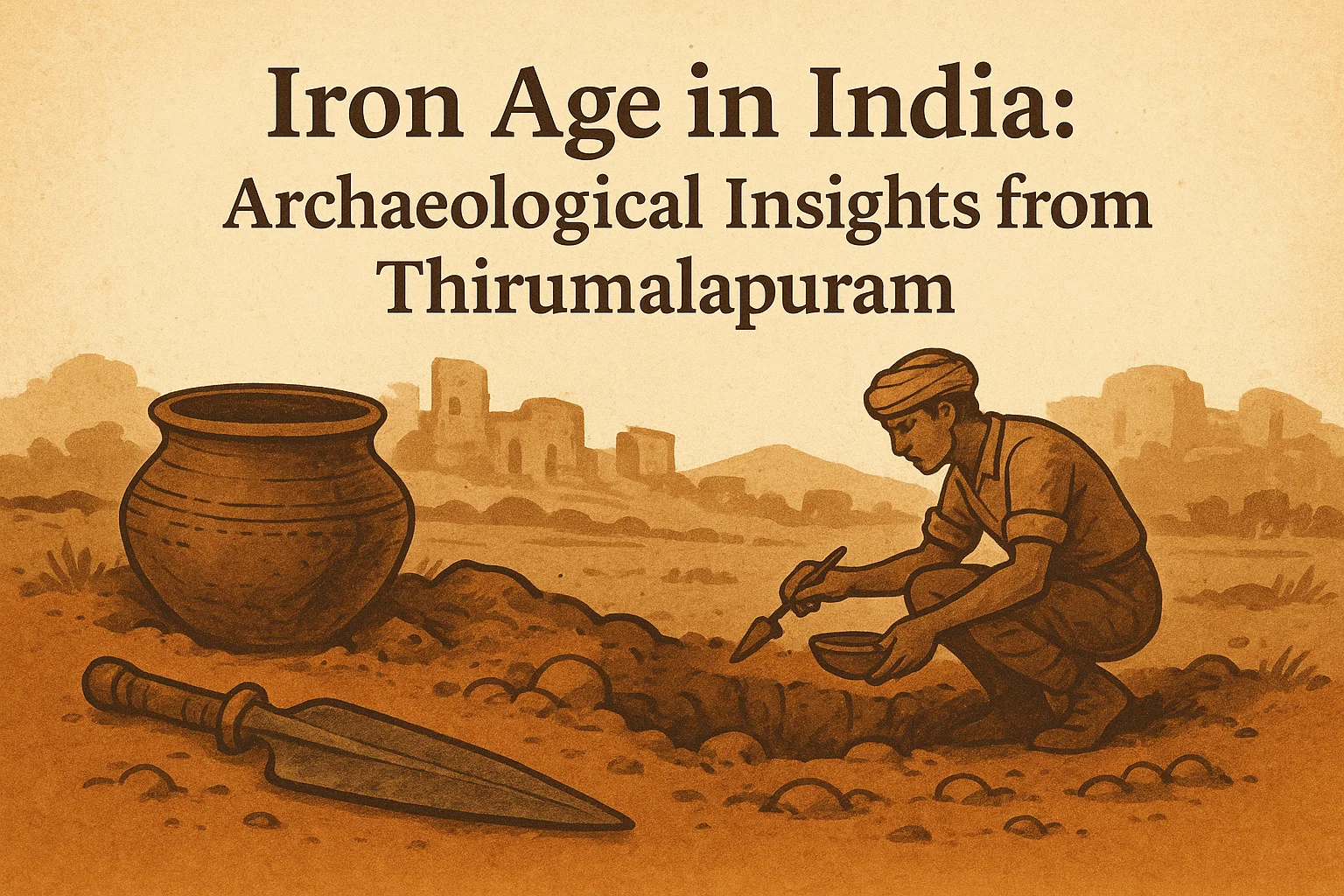How to Cover the Entire History Syllabus for UPSC Prelims
Preparing for the History Syllabus in UPSC Prelims is a demanding task that requires a structured and well-informed approach. Among all the subjects in the General Studies Paper I, History holds significant importance due to its consistent presence and scoring potential. Covering the entire history syllabus for UPSC Prelims demands an understanding of the topics, identification of relevant sources, and a strategic plan of study. This guide offers a comprehensive roadmap to master the UPSC Prelims syllabus history, with a focus on Ancient, Medieval, and Modern Indian history, along with art and culture.
Understanding the UPSC Prelims History Syllabus
The UPSC mentions history under the syllabus as:
“History of India and Indian National Movement.”
However, this broad phrase encompasses a variety of topics across three major phases:
Ancient History Syllabus for UPSC Prelims
- Prehistoric Cultures in India
- Indus Valley Civilization
- Early Vedic and Later Vedic Periods
- Mahajanapadas, Religious Movements (Jainism and Buddhism)
- Mauryan and Post-Mauryan Period
- Gupta Empire and its Successors
- Sangam Age and South Indian Kingdoms
- Science, Literature, and Philosophy in Ancient India
- Ancient Indian Art, Architecture, and Culture
Medieval History Syllabus for UPSC Prelims
- Early Medieval Kingdoms (Palas, Pratiharas, Rashtrakutas, Cholas, etc.)
- Delhi Sultanate: Slave, Khilji, Tughlaq, Sayyid, and Lodi Dynasties
- Mughal Empire: Administration, Economy, Society, and Culture
- Regional Kingdoms (Vijayanagar, Bahmani, Marathas, Rajputs)
- Bhakti and Sufi Movements
- Art and Architecture of the Medieval Period
Modern History Syllabus for UPSC Prelims
- Advent of Europeans and British Expansion
- Anglo-French and Anglo-Mysore Wars
- Subsidiary Alliance and Doctrine of Lapse
- Administrative and Economic Policies of the British
- Social and Religious Reform Movements (19th Century)
- Revolt of 1857 and Its Aftermath
- Formation of Indian National Congress
- National Movement (Moderate, Extremist, Revolutionary Phases)
- Gandhian Era (Non-Cooperation, Civil Disobedience, Quit India)
- Partition and Independence
Art and Culture (Overlaps with Ancient and Medieval History)
- Temple Architecture, Stupas, Cave Architecture
- Classical Dance and Music
- Paintings and Handicrafts
- Literature in Sanskrit, Tamil, Persian, etc.
- UNESCO Heritage Sites
- Festivals and Religious Practices
- Cultural Institutions and Patronage
Importance of History in UPSC Prelims
History constitutes a crucial portion of the General Studies Paper I in UPSC Prelims. On average, 15 to 20 questions are asked every year. A good hold over history can significantly boost your Prelims score.
Key points:
- Ancient and Medieval history questions are fact-based.
- Modern history and freedom struggle are more analytical and event-oriented.
- Art and Culture overlaps with both Ancient and Medieval history but is asked distinctly.
Recommended Sources and Books
Aspirants should not overwhelm themselves with too many books. Stick to reliable and standard resources:
For Ancient History:
- NCERT Class 6 to 12 (Old and New)
- RS Sharma – Ancient India (Old NCERT)
- Tamil Nadu Class 11 History Book
For Medieval History:
- Satish Chandra – Medieval India (Old NCERT)
- NCERT Class 7 and Class 11 (Themes in Indian History)
For Modern History:
- Spectrum – A Brief History of Modern India by Rajiv Ahir
- Bipin Chandra – India’s Struggle for Independence (for Mains)
- NCERT Class 8: Our Past III
For Art and Culture:
- Nitin Singhania – Indian Art and Culture
- CCRT Website (www.ccrtindia.gov.in)
- PIB and IGNCA (for current updates)
Strategy to Cover the History Prelims Syllabus for UPSC
1. Ancient History
- Begin with understanding the evolution of prehistoric societies.
- Focus on important dynasties: Mauryas and Guptas.
- Study socio-political and economic structures.
- Prepare cultural developments, especially literature and science.
- Link ancient polity and administration with questions on culture.
- Use flowcharts and timelines to remember events.
2. Medieval History
- Understand the political developments under the Delhi Sultanate and Mughals.
- Learn about important regional kingdoms and their contributions.
- Bhakti and Sufi movements should be studied in detail.
- Focus on art, architecture, and religious reform movements.
- Prepare administrative policies and economic systems.
3. Modern History
- Begin with the entry of Europeans and colonization.
- Study administrative and economic policies: Zamindari, Ryotwari, and Commercialization.
- Understand the social reforms (Raja Ram Mohan Roy, Ishwar Chandra Vidyasagar).
- Divide freedom movement into phases: Pre-Gandhi, Gandhi Era, and Post-Gandhi.
- Use Spectrum for a crisp and revision-friendly approach.
- Make note of important sessions, acts, reports, and movements.
4. Art and Culture
- Focus on classical and folk traditions.
- Memorize UNESCO heritage sites, musical instruments, and literary works.
- Link cultural forms with historical contexts (e.g., temple architecture and dynasties).
- Practice map-based questions.
- Keep updating notes from PIB and current affairs.
Revision Strategy
- Prepare short notes or mind maps for each sub-topic.
- Revise at least 3 times before Prelims.
- Use flashcards for culture and dates.
- Practice Previous Year Questions (PYQs) to identify trends.
- Attempt topic-wise MCQs.
Integration with Mains
While focusing on Prelims, make sure your preparation aligns with Mains GS Paper I. Topics like:
- Modern history (18th century to 1947)
- Post-independence India
- Art and culture (salient features)
are common to both stages. Build analytical perspectives for Mains while focusing on facts for Prelims.
Previous Year Trend Analysis (2019–2025)
| Year | No. of Questions from History | Focus Area |
| 2019 | 17 | Modern & Culture |
| 2020 | 18 | Modern & Ancient |
| 2021 | 20 | Ancient & Culture |
| 2022 | 15 | Modern & Art |
| 2023 | 13 | Ancient & Medieval |
| 2024 | 12 | Modern & Art |
| 2025 | 16 | Ancient, Art & Modern |
Insights:
- Questions from Modern History and Art & Culture are consistent every year.
- Ancient History has gained more prominence in recent years.
- Medieval History receives fewer questions but should not be ignored.
Summary: Smart Strategy to Cover History for UPSC Prelims
| Segment | Recommended Books | Key Focus Areas |
| Ancient History | RS Sharma, NCERTs | Vedic Age, Mauryas, Guptas, Buddhism, Culture |
| Medieval History | Satish Chandra, NCERTs | Delhi Sultanate, Mughals, Bhakti-Sufi, Architecture |
| Modern History | Spectrum, Bipin Chandra | 1857 Revolt, INC, Gandhi Era, Acts, Movements |
| Art & Culture | Nitin Singhania, CCRT | Temples, Dances, Heritage Sites, Music, Literature |
Final Words
History is not just a compilation of dates and events; it is the story of India’s evolution. Treat it with curiosity and respect. Prioritize revision, practice, and understanding patterns. With the right approach, history can become one of your strongest areas in the UPSC Prelims examination.
Be consistent, stay curious, and never stop revising. That is the key to mastering the history syllabus for UPSC Prelims.
Subscribe to our Youtube Channel for more Valuable Content – TheStudyias
Download the App to Subscribe to our Courses – Thestudyias
The Source’s Authority and Ownership of the Article is Claimed By THE STUDY IAS BY MANIKANT SINGH





